By TREVOR HOGG
By TREVOR HOGG
Images courtesy of MPC and Walt Disney Studios.
Considering Adam Valdez has been an instrumental collaborator on The Lion King, The Jungle Book, Prehistoric Planet and Mufasa: The Lion King, you could say that he has become the David Attenborough of CG wildlife. “Working on Prehistoric Planet for the BBC was literally a David Attenborough narrated piece!” laughs Adam Valdez, who directed some episodes in the series. “It’s true that we’re doing a lot around animals and the natural world.”

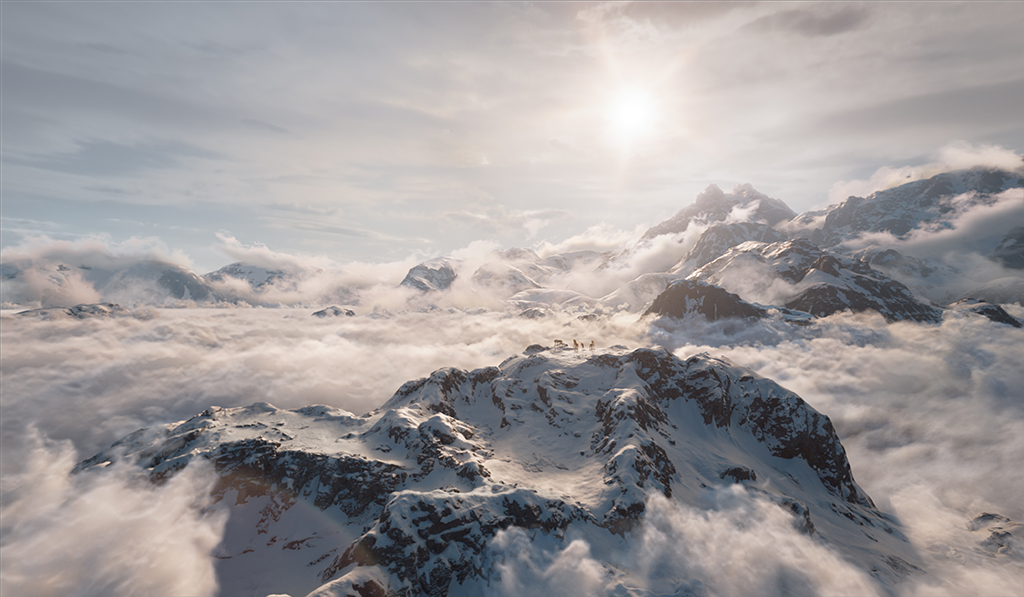
“It was a real important mission for our director, Barry Jenkins, to understand from the beginning what you can do with a lion’s face. ‘How do I direct this? What limits are there? Is there a different language that we have to speak’? We did a test sequence right at the top of the show to work on those questions.”
—Adam Valdez, Production Visual Effects Supervisor
Barry Jenkins had never helmed an animated feature before Mufasa: The Lion King. Valdez remarks, “The Underground Railroad had a fair bit of visual effects, so Barry came into this with an understanding of what visual effects are, but making an animated movie that is a musical is a whole other beast. You have a combo pack of new things. Full CG is quite different than augmenting footage. For sure, he had a steep learning curve. The process itself is quite constraining, and there are a lot of demands on the director. It was challenging for him to get up to speed, but by mid-project he could see things and understand where we were in the process and could gauge where it would go. At the same time, Barry probably saw from a creative point of view that it is best for a director not to get too into the weeds; however, try to stay on top of it and maintain perspective, which is hard for any of us. Barry was a great creative collaborator and is passionate about the movies he’s making. That’s always the best.”
The production team for Mufasa: The Lion King was aware of the legacy of The Lion King and the responsibility of doing justice to the story and characters. “We love those animated films, however, to start with them would be a mistake,” notes Valdez, who was the Production Visual Effects Supervisor on the prequel that explores the friendship between Mufasa and Taka, which deteriorates and turns the latter into the arch-enemy known as Scar. “You have to look at the script on its own and ask, ‘What does this story want to be?’ Within the script, there is so much connection already, so you’re not at risk of departing the franchise. But the sense of responsibility that comes with it is to be thoroughly versed in the mythology of the world of these stories so you know when you might break canon. You are also being given license to author additional mythology because the piece is in some sense reestablishing some of the unspecified things that you might have little hints of in other movies. You have to know how it fits, but you can’t be, ‘We’re not going to do this because there’s no proof of it anywhere else.’ You have been given some license to be creative.”
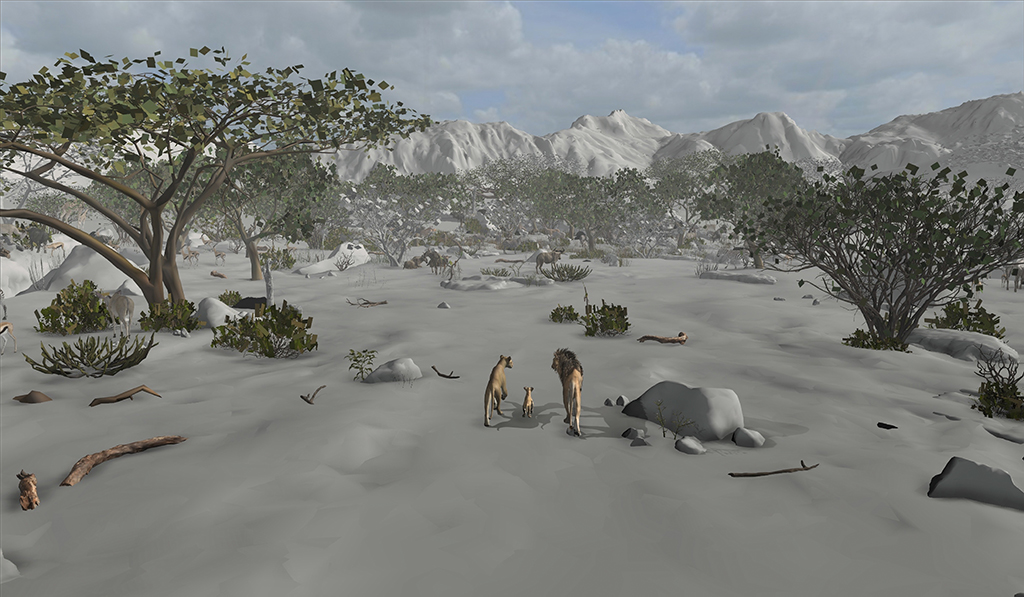
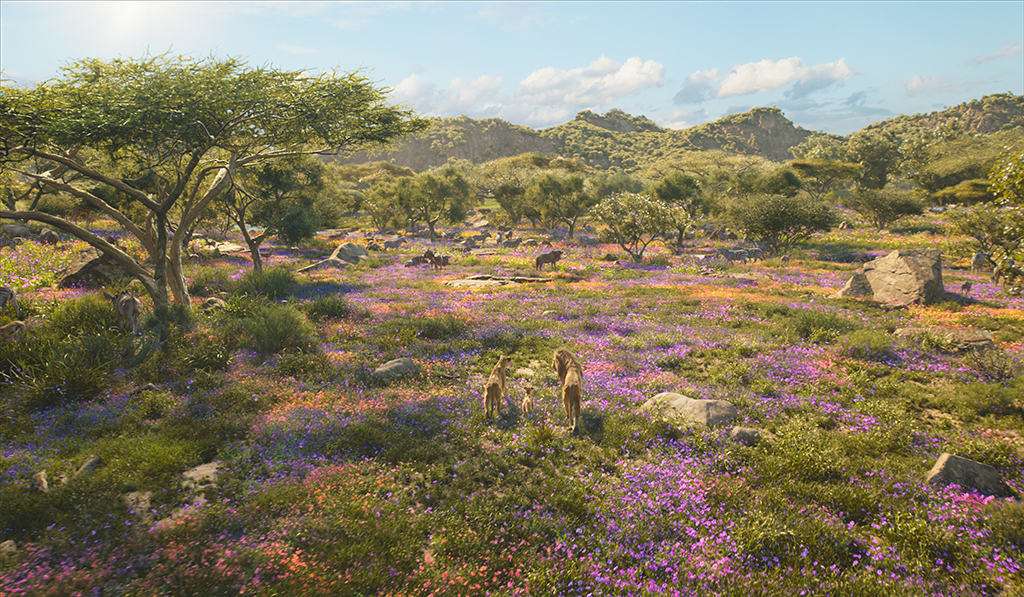
A balance had to be struck for Mufasa: The Lion King where the behaviors did not break away from the characters’ animalistic nature but, at the same time, they could be emotionally recognized by the audience. “It was a real important mission for our director, Barry Jenkins, to understand from the beginning what you can do with a lion’s face,” Valdez explains. “‘How do I direct this? What limits are there? Is there a different language that we have to speak’? We did a test sequence right at the top of the show to work on those questions. One of the things that we had to do was to increase the fidelity of our faces at the geometric level. This was partly because we felt that having subtlety in the wrinkles and shapes was going to speak that normal human language of the face better.” Great attention was paid to fur shading. “The material definition of how fur shades and shows light and shadows was essential for a furrowed brow coming through. The animator could see a furrowed brow, but once you put all of the little fur on it, it’s going to dampen it. We had little things all over that helped us to subtly convey emotion.”

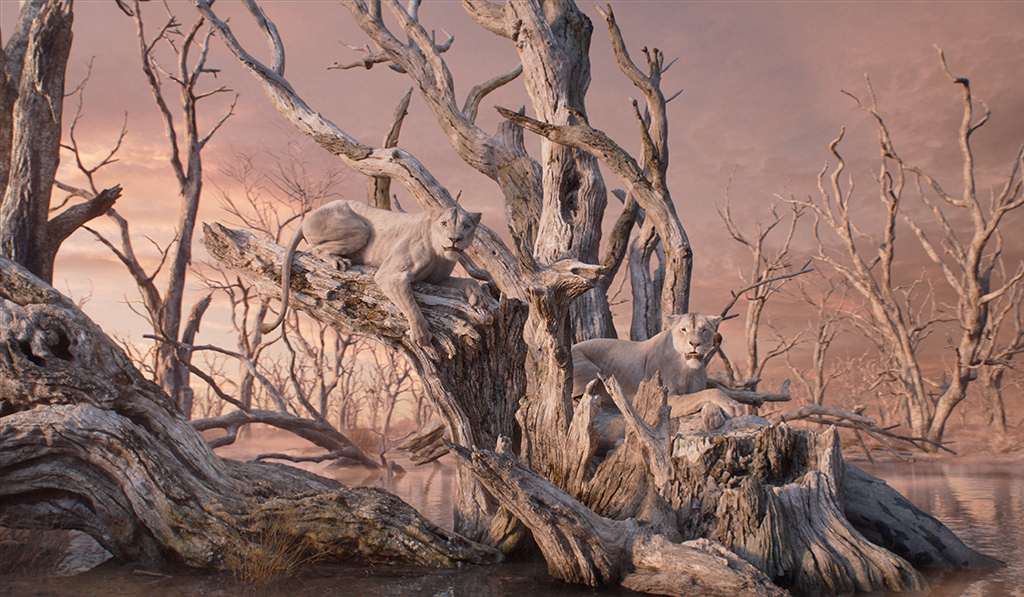
Approximately 1,700 artists, supervisors and production crew situated in London, Montreal and Bengaluru produced 1,500 full CG shots for MPC. “Audrey Ferrara, the Visual Effects Supervisor at MPC, ran the crew and did dailies across three time zones, and I’m saying, ‘We need this and that,’” Valdez remarks. “But part of the function of being the production visual effects supervisor is the consistency. You have a delegation tree of these people, who are the craft experts, and then they have leads leading smaller teams. It takes time on these big movies for the lessons to permeate down through those layers of teams, and usually you get gifts bouncing back up because individual artists produce cool, inspiring ideas that might be unexpected. Then, eventually, the director is finding the combination of things that work. It was a lot of trying to replicate your successes.”
“Like with all filmmaking, you are art-directing everything. There are aesthetic choices. With animals, it’s a lot of negative space. Animals are busy movers until they pause because there’s a moment of focus or concern. You can use it for dramatic effect. It’s an anthropomorphic merging of what we associate with being thoughtful.”
—Adam Valdez, Production Visual Effects Supervisor
Humans tend to anthropomorphize animals. “There are funny YouTube videos that people make that show how their dogs react to things,” Valdez states. “The best ones are when the dogs have done something naughty and the person is like, ‘Did you do this?’ And the dog looks away or hides its head. You get this thing where people map themselves onto dogs and animals. Part of that is because we do recognize that they have a lived experience, and as animals ourselves we overlap with them. I’ve also had dogs in my life and have liked animals since I was young, so I don’t know if I anthropomorphize them or the more you study animals, the more you realize that there are a lot of commonalities.”
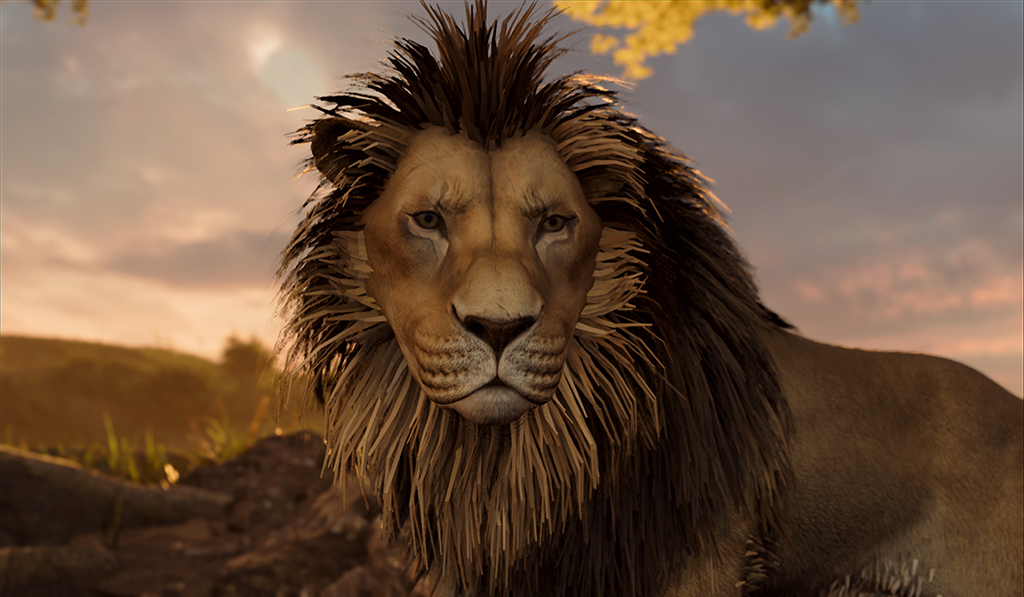
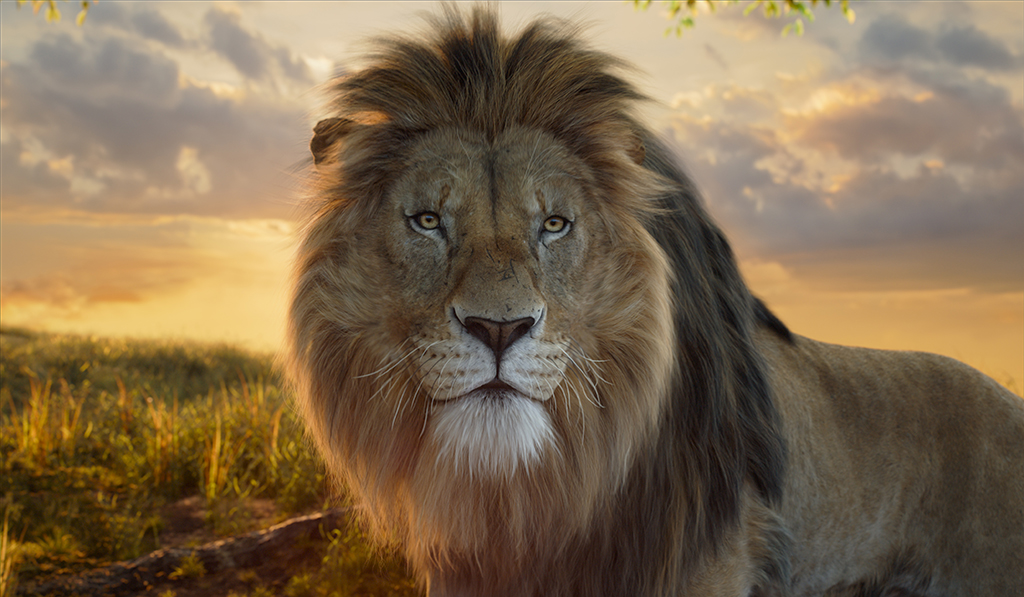
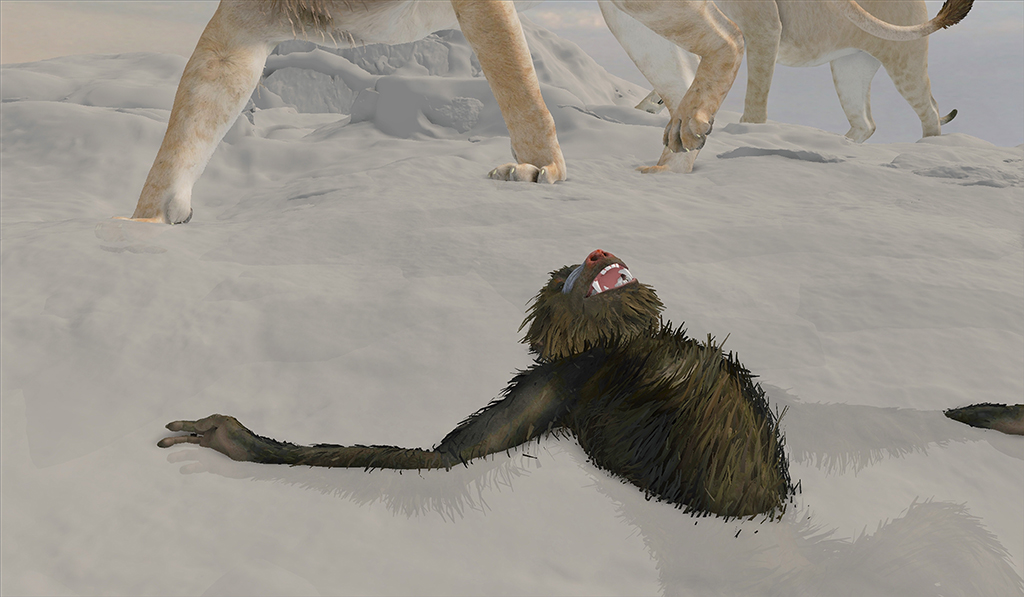

Among the virtual production techniques was a new tool called QuadCap. “The QuadCap and capture was for the virtual shoot phase and allowed Barry to direct performers and get stuff in the can that they could cut with and work out the staging,” explains Valdez. “Sometimes, there were little idiosyncrasies that are in there that we keep until the end, but after that it’s a keyframe animated movie. You can usually find correlating movements from the motion capture and real-life references that give you hints to how the body mechanics and gravity are working that keep you grounded in reality. Like with all filmmaking, you are art-directing everything. There are aesthetic choices. With animals, it’s a lot of negative space. Animals are busy movers until they pause because there’s a moment of focus or concern. You can use it for dramatic effect. It’s an anthropomorphic merging of what we associate with being thoughtful.”
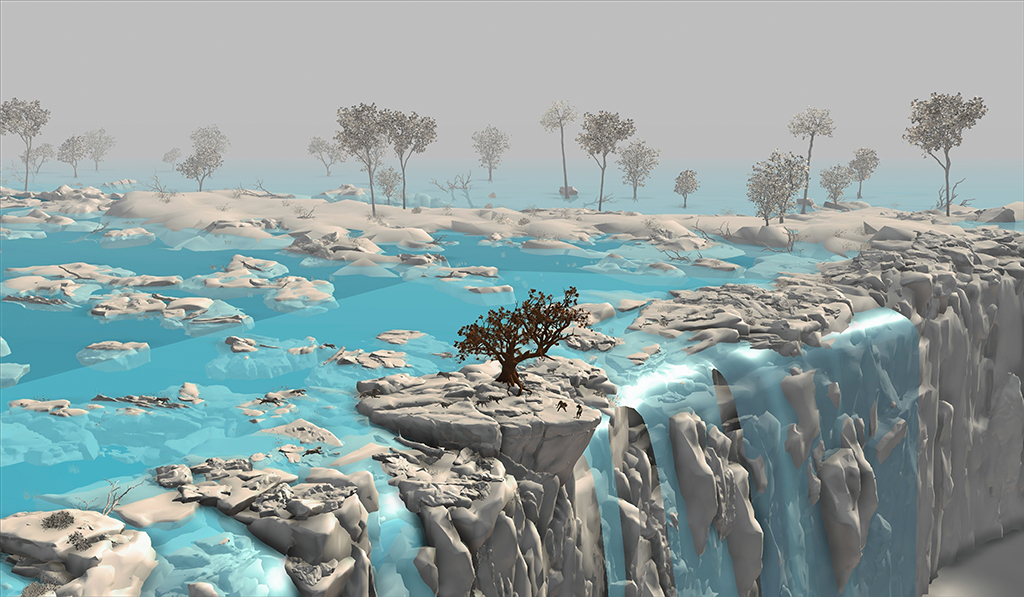
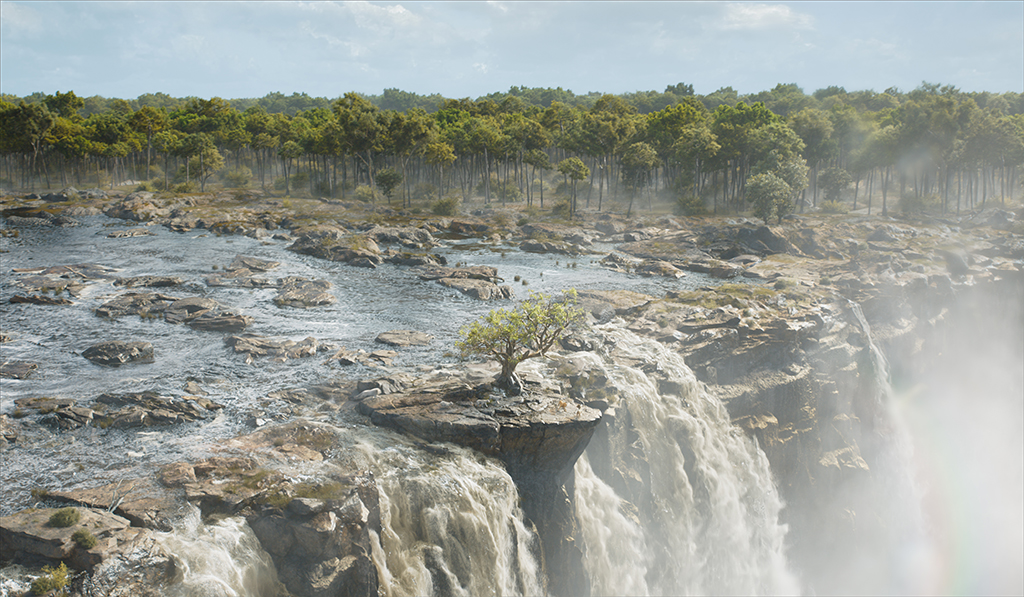
“[T]he piece is in some sense reestablishing some of the unspecified things that you might have little hints of in other [Lion King] movies. You have to know how it fits, but you can’t be, ‘We’re not going to do this because there’s no proof of it anywhere else.’ You have been given some license to be creative.”
—Adam Valdez, Production Visual Effects Supervisor
Voice actors work in various ways. “Some voice actors are in the page and imagining they are the character,” observes Valdez. “Other voice actors are gesticulating, waving their arms, and moving around the room because they need to be more physical in the way that they do it. You don’t always have the exact physical performance from the voice actor that necessarily fits that scene because sometimes they might have recorded it months before and the edit has taken on a slightly different shape, and we need a new emphasis in the acting, but the voice still works. You try to turn it slightly for what that beat needs.” Singing and spoken dialogue are not treated differently. “It’s crazy how much we marry the sound and the face. We need them to be aligned. When they diverge, it bumps you out of the story. If they are belting a line and you have tiny mouth movements, it’s going to be worse for you because you’ll be like, ‘Something is wrong with this.’ There are some moments where they are belting the line, and if you were to look at an animated movie of a person or live-action of a real singer, their mouths are going to be big and wide open. But for the rest of it, you follow the same basic guidelines, which is you don’t articulate every single, tiny syllable. Mostly what you have to pay attention to is how much breath power is coming through.”
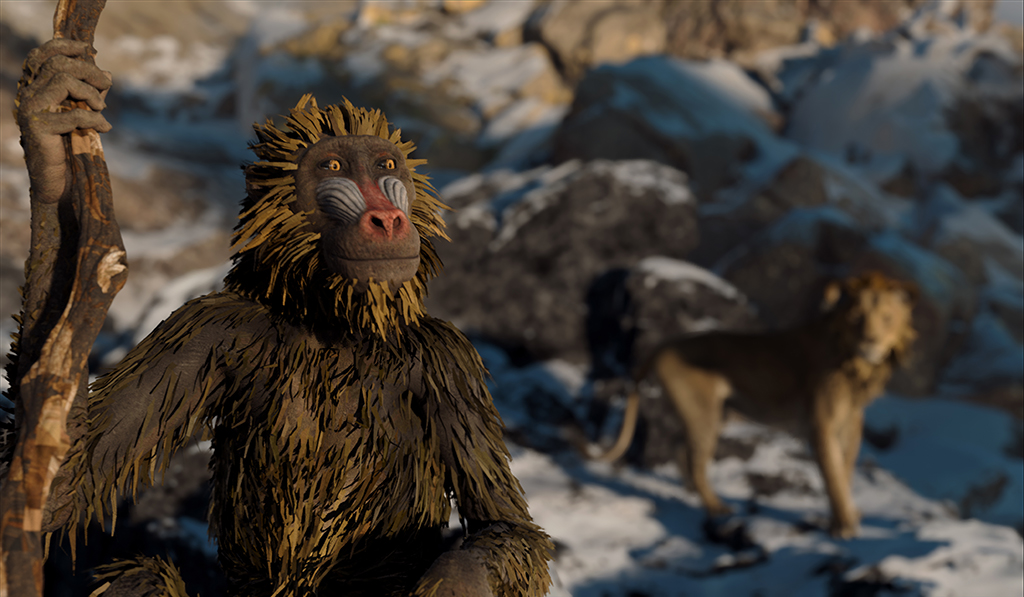
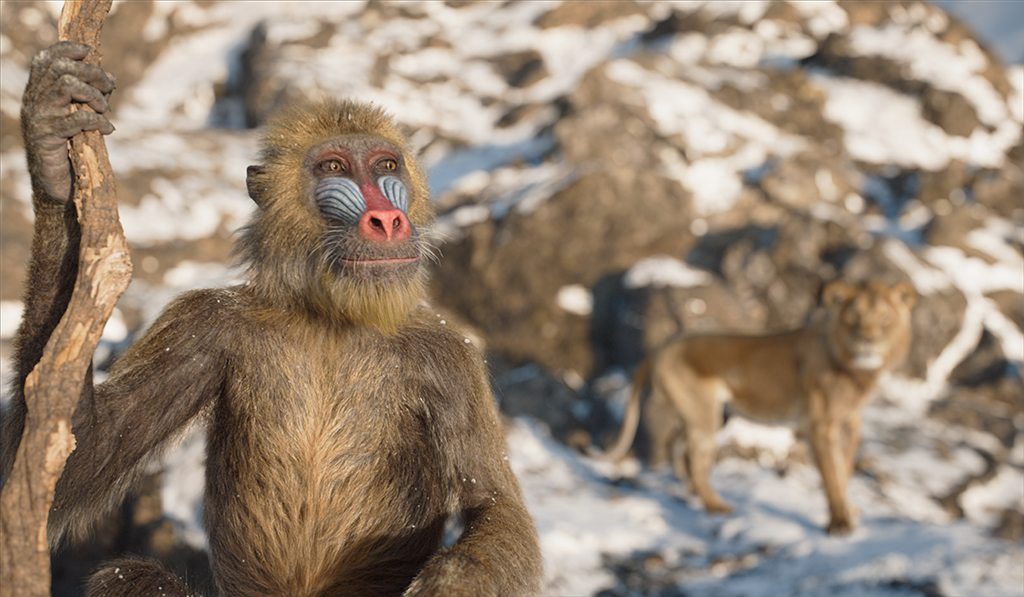
About 118 unique characters had to be designed, created and executed. “Doing a movie like this, you have a giant breakdown of everything you need to do,” Valdez states. “There is definitely hero, secondary and background characters. The trick is, sometimes the camera ends up on a character that might not originally had been expected to be foreground, so you have a minimum and can always plus up something if it gets featured. For certain, the hero talking cast that needs to carry the movie has not only more time and money, but it has a different set of process steps. You stress test it, put it through its paces and put it into shots. We don’t even consider the puppets and the characters finished until we get the first batch of final shots with them that everybody has approved. Then you start running. You have a spreadsheet of hero to background, their uses, how often they show up and all of the things they have to do. Does this lion go into the water or roll in the snow? You take it case by case.”

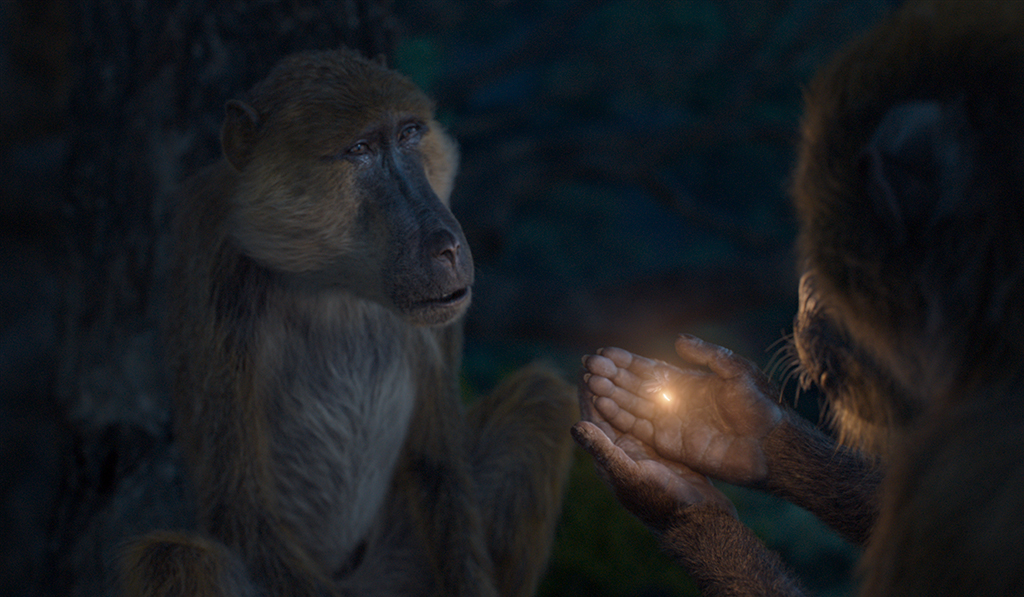
“It takes time on these big movies for the lessons to permeate down through [the] layers of teams, and usually you get gifts bouncing back up because individual artists produce cool, inspiring ideas that might be unexpected. Then, eventually, the director is finding the combination of things that work. It was a lot of trying to replicate your successes.”
—Adam Valdez, Production Visual Effects Supervisor
Creating a snow angel is the mandrill known as Rafiki. “Rafiki not only does a snow angel, but he climbs up onto Mufasa’s back in the same shot. We have snow all over their fur and a lot of interaction between furry characters,” Valdez remarks. “MPC had to build a new fur system called LOMA. MPC has been doing furry characters for a long time, but there was a desire to update the system, and this was a good movie to do it. Part of the point was to bring together the tools that do fur with ones that do complex simulations like snow or water. By bringing them together, you can make them feel as if they were interacting in a genuine way, and it offered the ability to do new complicated stuff. That shot has something like 600 million particles simulation points in it because Rafiki is actually in the snow as opposed to snow on him.”
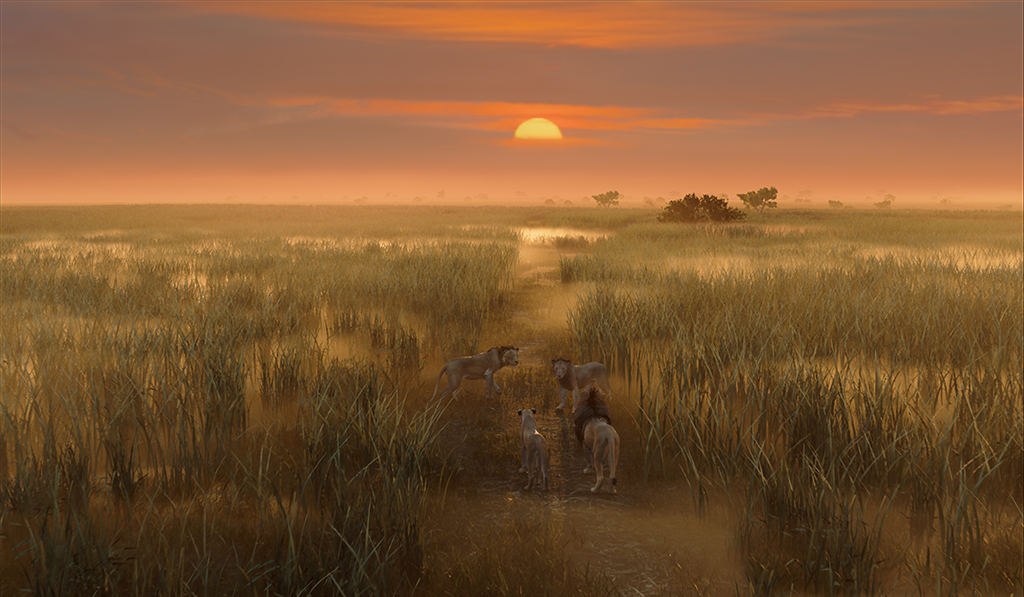

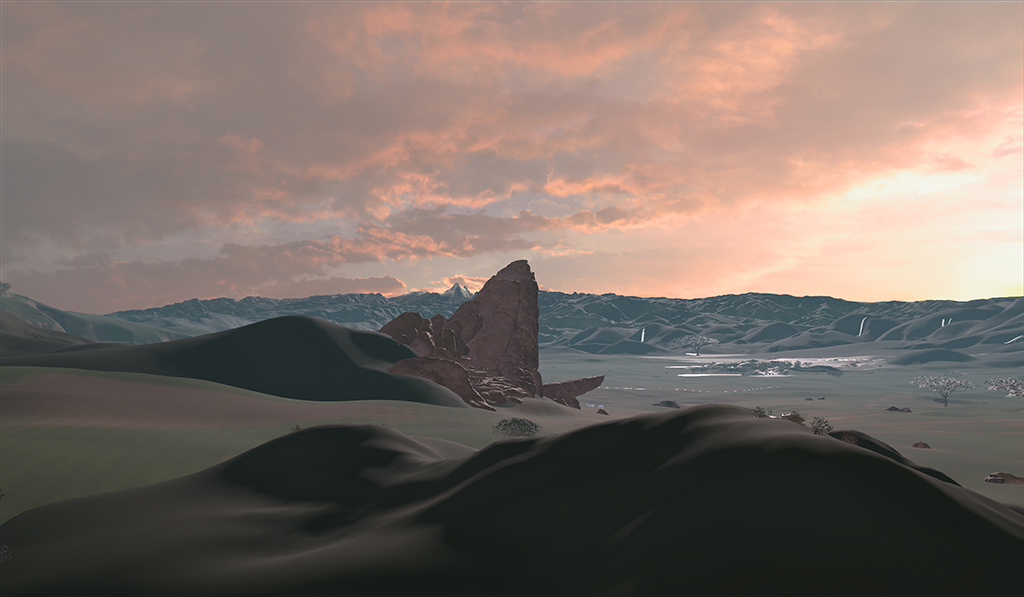
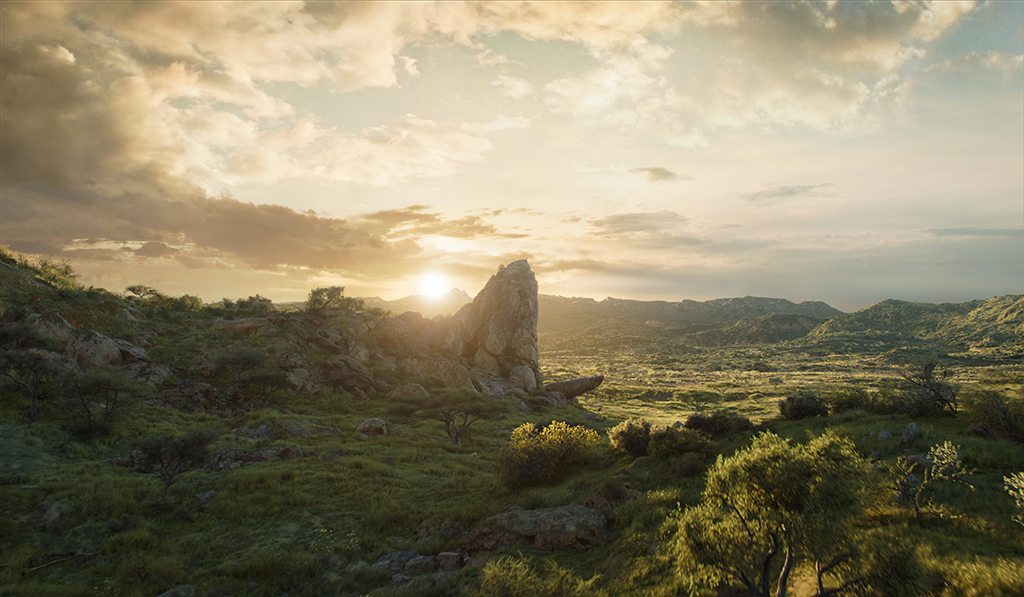
Driving world-building was the fact that the characters embark on a journey. “There was a notion at one point in pre-production about what would that map look like in Africa, if we were to draw it?” Valdez states. “If you line up the sequences, there is an arc to it. This culminates in the one of the biggest dramatic passages that happens, which is that they cross over a series of mountain peaks that are all snowed in. You start to have sequence alignments with different ecosystems inside of the continent of Africa, which are sampled from different countries. Whether or not this was a plausible journey or not is immaterial. You are creating a figurative journey. Then you send local people out who know these areas in Africa, and they shoot pictures and bring back a whole scout’s worth of inspiration and also source material.”
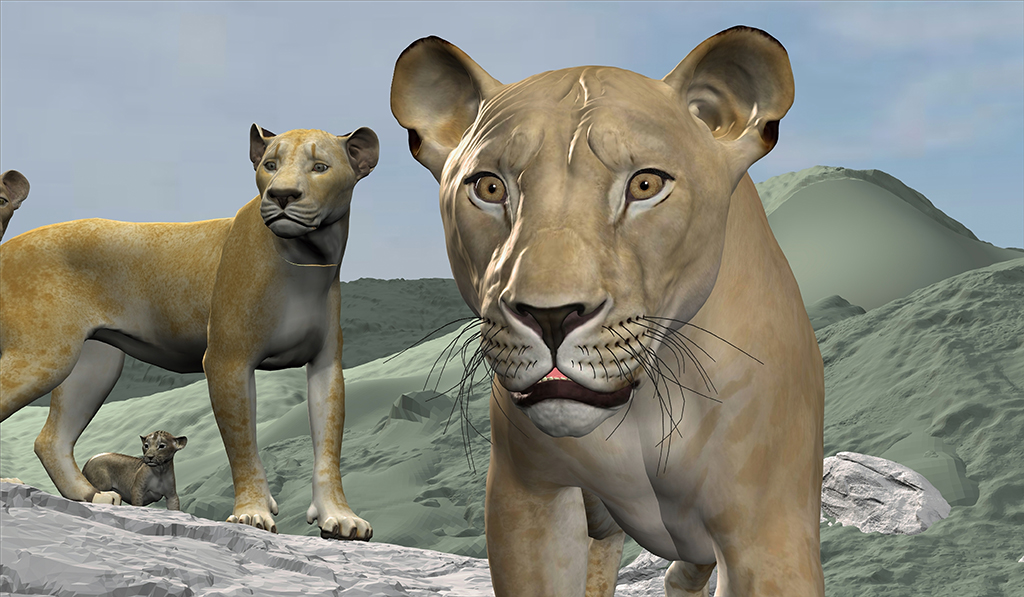
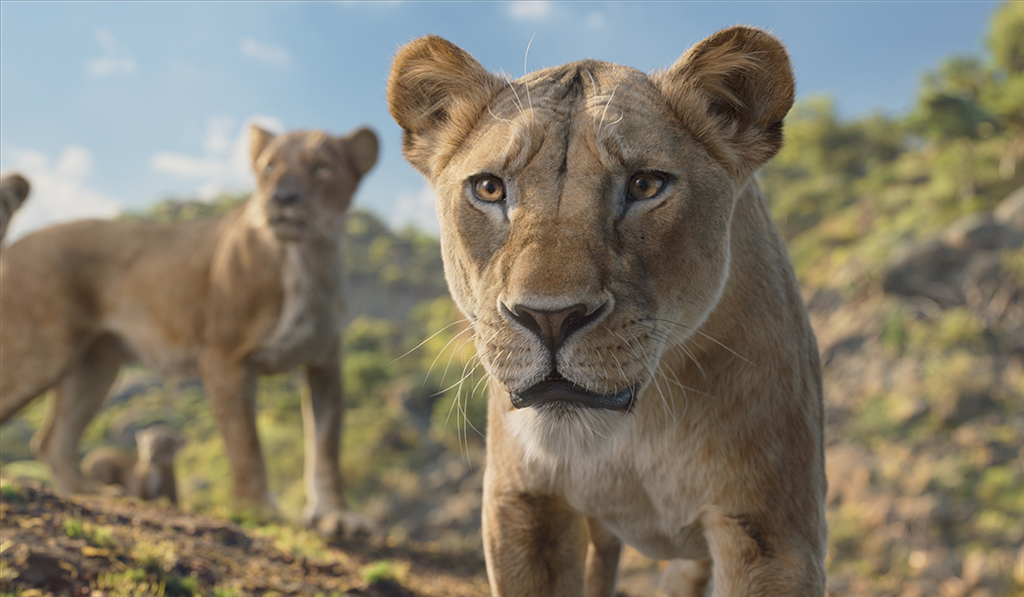
“Then you’re in pure design territory,” Valdez continues. “What do I need this environment to look like? But you’re using all of that source material as a grounding truth. You create sets that feel natural even though they’ve been designed around what you need out of them for that sequence. Then you have library elements of specific foliage, rock structures, minerals and landscape pieces that are in the Unreal Engine phase. We had a beautiful set of sets in Unreal Engine; shoot within them and you end up with your selected takes. Now you know where the camera is actually looking. Now the photorealistic process is to go back to all of those original sources and model up trees, bushes and grasses. There is a multilayered approach to environments where you’re combining those more library components with hand-sculpted terrain, textures and multiple layers. They’re even doing things, like simulating where water would flow and how items would build up in the cracks based on waterflow. You get these realistic corrosion patterns, which is all part of imbuing it with naturalism that is also art directed. You’re getting hints everywhere you look that are inspired by real places and the little rules of how that ecosystem evolves and looks weathered, old and has a history built into it. The acting and the world-building in a movie like this are the two massive pillars that everything is hanging upon.”
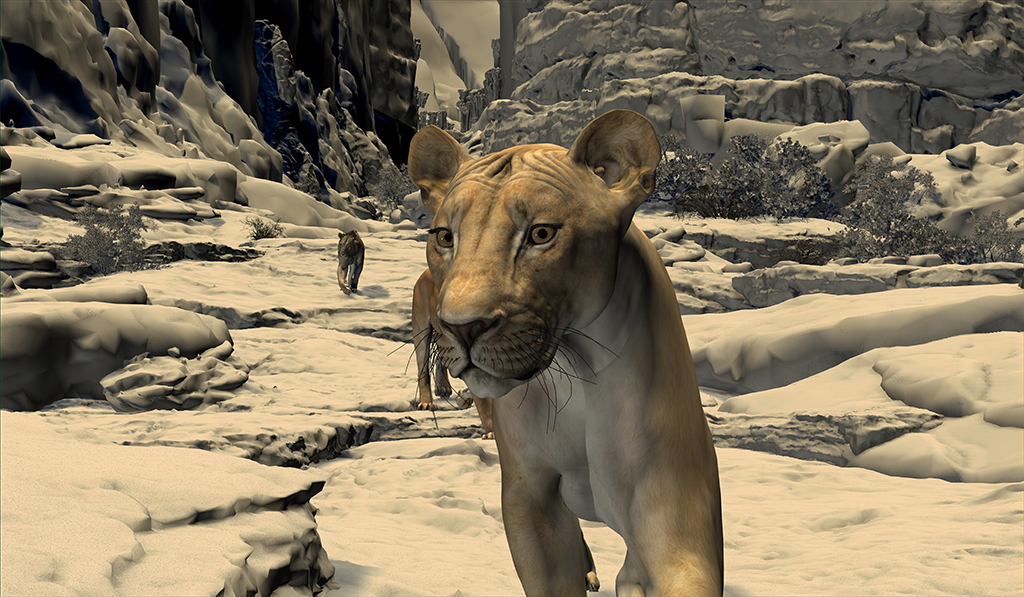
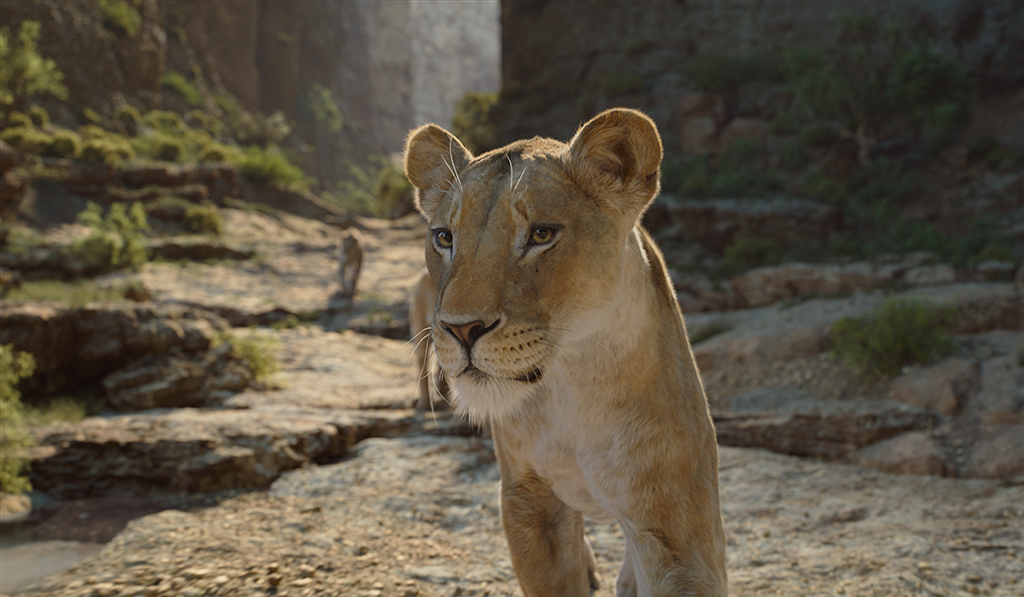
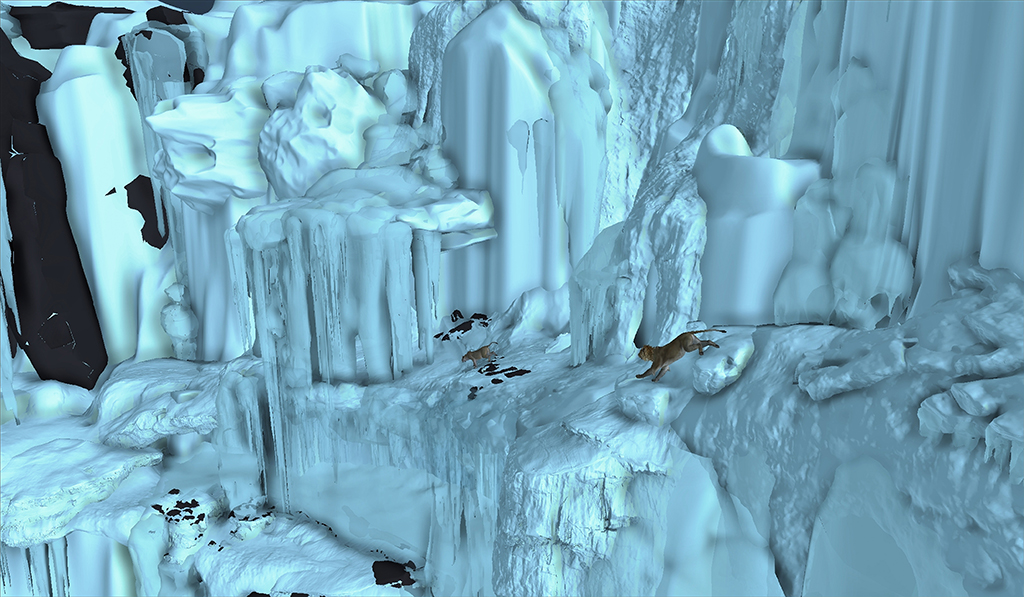
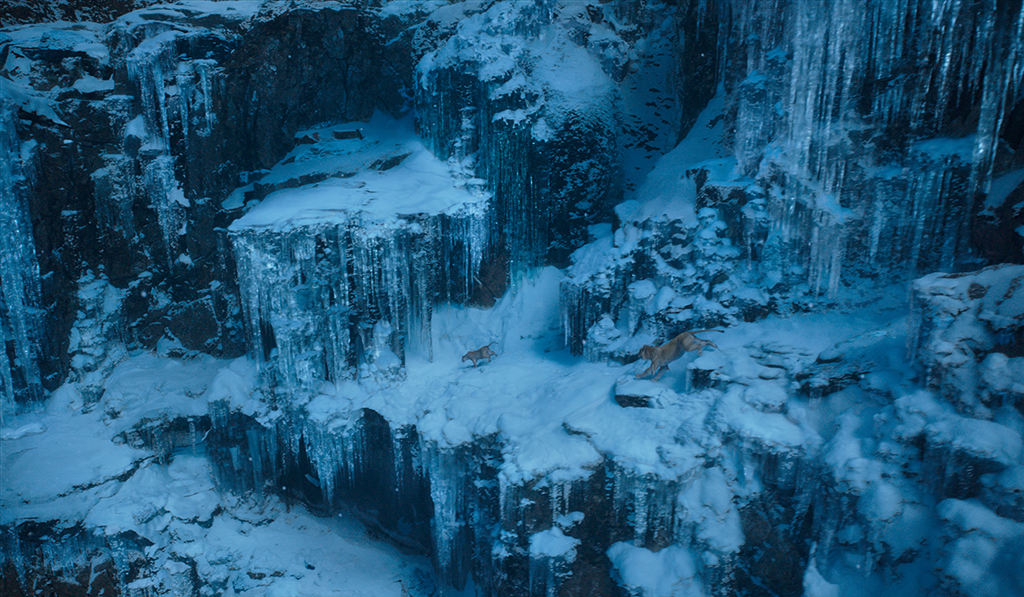
Watch how MPC’s Charater Lab brought Taka to life from the ground up for Mufasa: The Lion King, and how MPC’s in-house grooming system, Loma, helped achieve photorealism in the appearance of Taka and 118 unique animals. Click here: https://www.youtube.com/watch?v=TDHfcEZKd5w